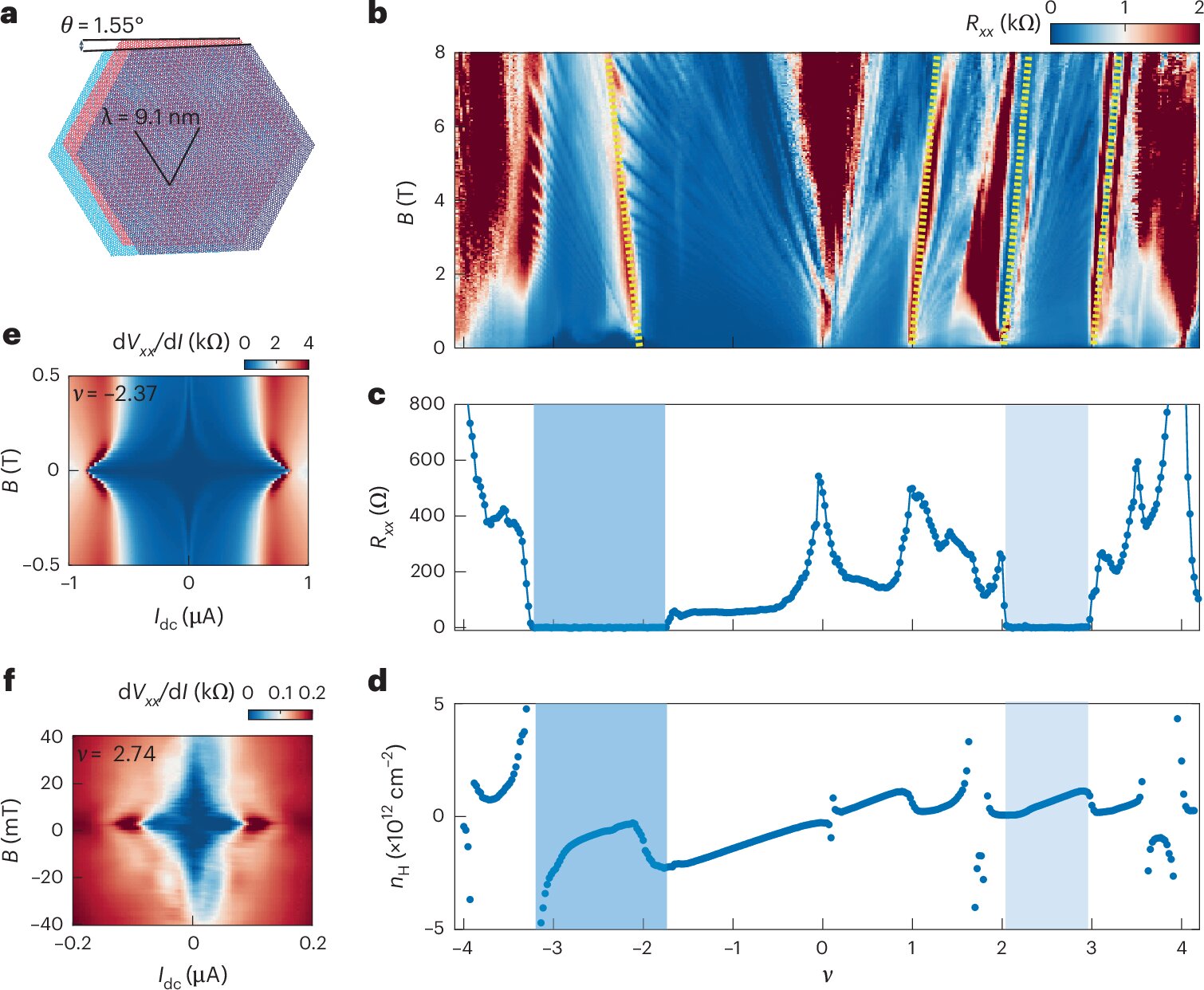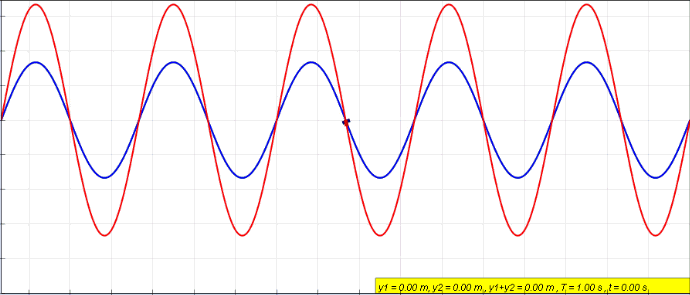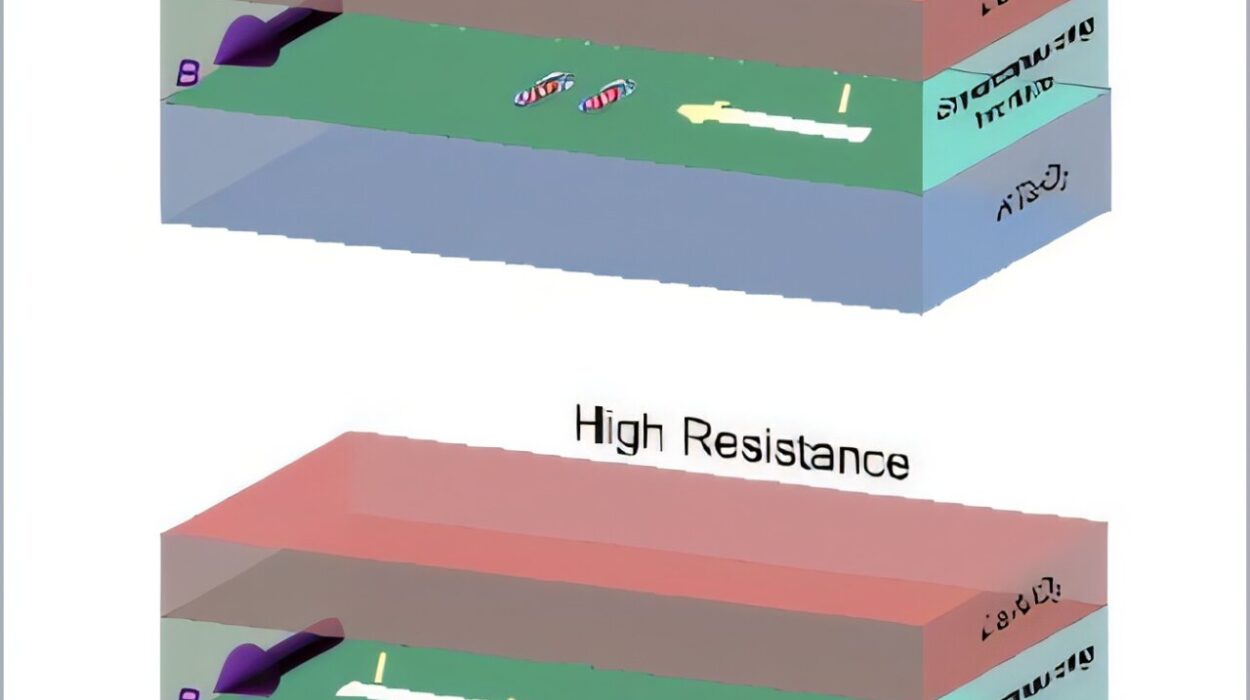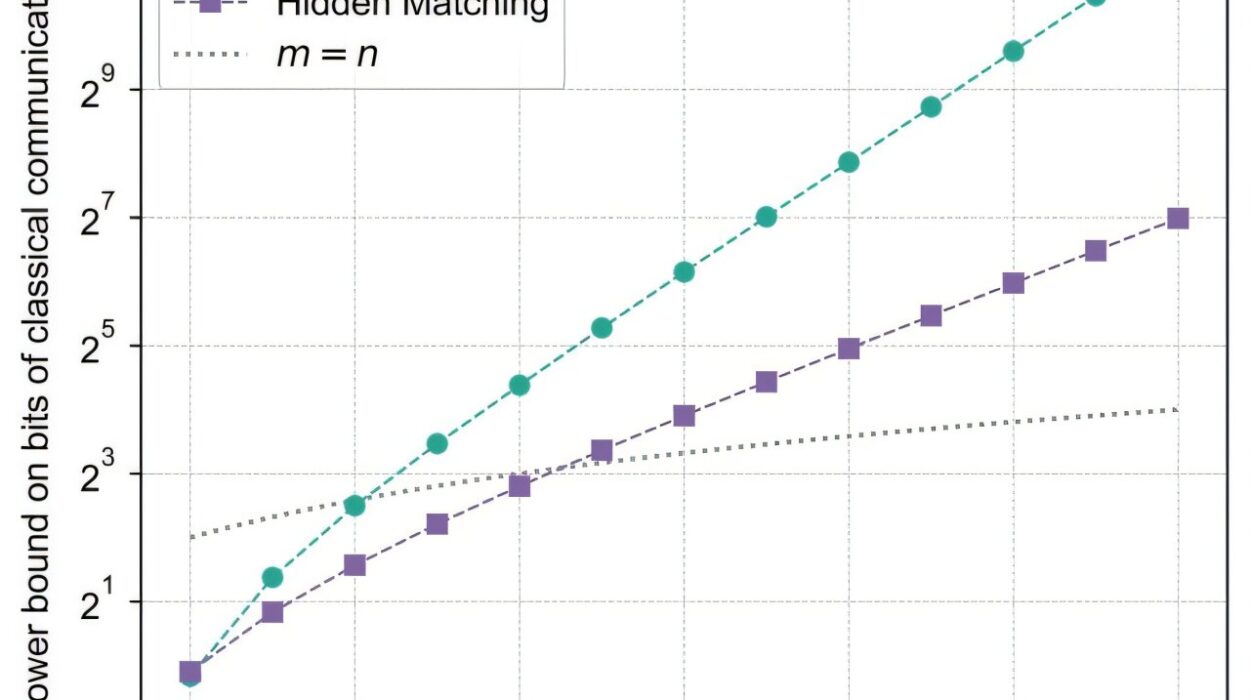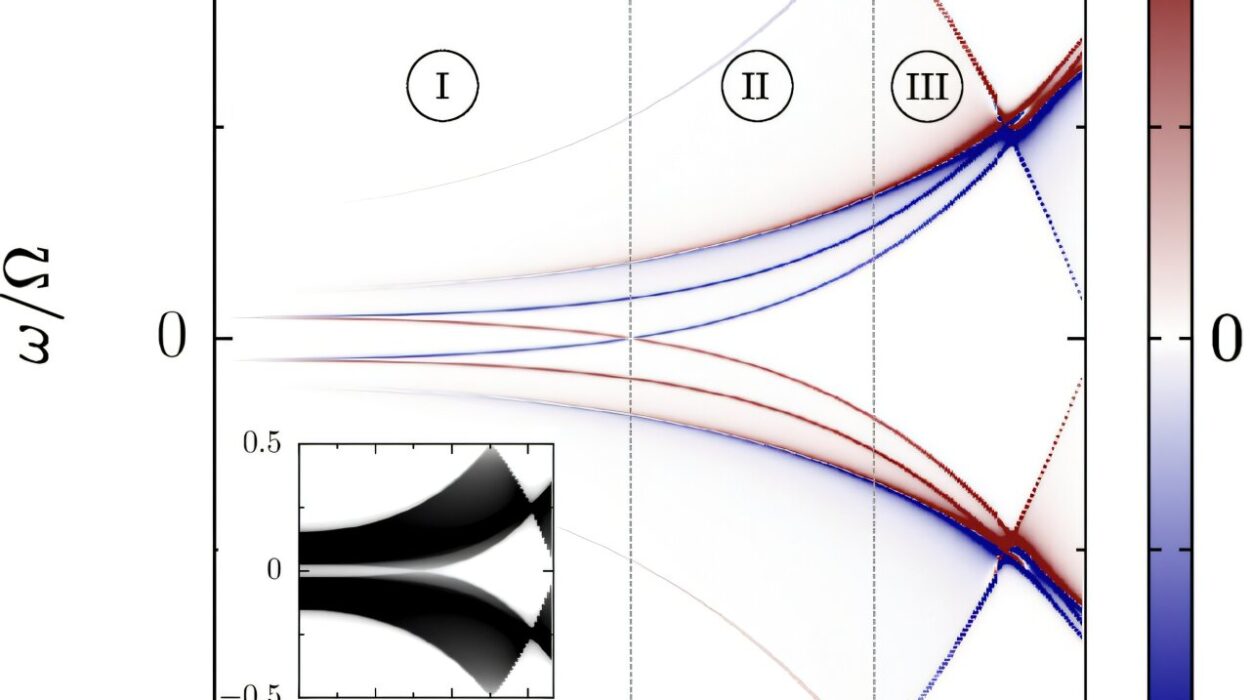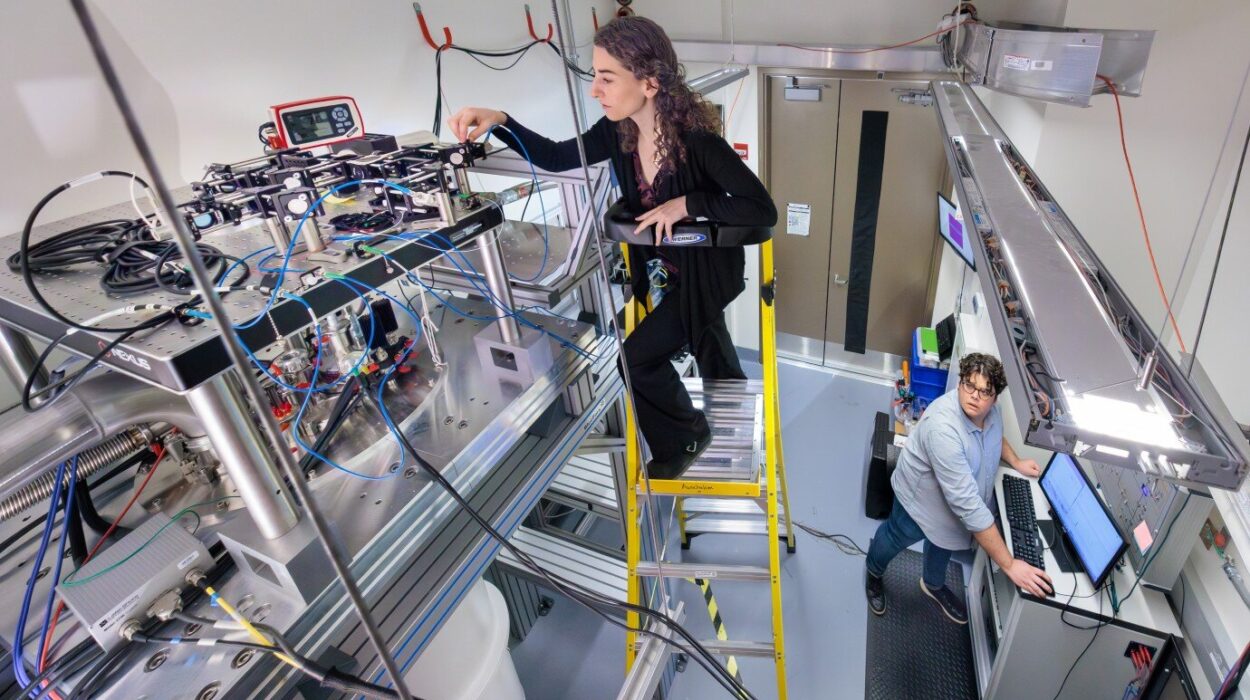Superconductivity is one of the most remarkable discoveries in physics. At its heart lies a simple but astonishing fact: certain materials, when cooled to very low temperatures, can conduct electricity with absolutely zero resistance. No heat is lost, no energy wasted—current can flow forever in a perfect loop. To engineers and scientists, this is nothing short of magical. It promises revolutionary technologies: lossless power grids, ultrafast electronics, levitating trains, and quantum computers that may one day transform the way we process information.
But superconductivity is not a straightforward phenomenon. It hides its secrets in complex, often puzzling behaviors. The field is full of mysteries that resist easy explanation, and each time researchers think they have uncovered the rules, nature reveals another layer of intrigue. One such puzzle is the “double-dome” effect, a curious pattern that shows how fragile and unpredictable superconductivity can be.
The Double-Dome Mystery
Imagine a graph that shows where a material becomes superconducting as we change the number of electrons flowing through it. You might expect to see one clean region—a dome-shaped patch—where superconductivity exists. Yet in some materials, scientists find not one but two separate domes. As electrons are added, the material becomes superconducting, then loses that property, only to regain it later at a different electron density.
This strange “double-dome” landscape suggests that superconductivity is not one simple phase but can emerge in multiple forms, depending on subtle conditions inside the material. It also hints at deeper truths: perhaps there are competing forces at play, or different mechanisms by which electrons can pair up to flow without resistance. For decades, physicists have chased this mystery, suspecting that it holds clues to the very nature of unconventional superconductivity.
The Graphene Revolution
To truly understand the double-dome effect, scientists turned to one of the most extraordinary materials ever discovered: graphene. At first glance, graphene is deceptively simple—it is nothing more than a single sheet of carbon atoms arranged in a honeycomb lattice. But in its simplicity lies astonishing power. Graphene is not only the thinnest material ever isolated, just one atom thick, but also one of the strongest and most conductive.
Its discovery in 2004 sparked a revolution in physics and materials science. Researchers quickly realized that graphene was a playground for exotic quantum effects. Among them was superconductivity, which emerged in surprising and sometimes baffling ways.
One of the most spectacular findings came when scientists stacked two sheets of graphene on top of each other and twisted them at a very precise angle—about 1.1 degrees. At this so-called “magic angle,” electrons in the material slowed down, and graphene suddenly displayed an entirely new world of behavior: it could act like a superconductor, an insulator, or even a magnet, depending on how electrons were tuned. This was a watershed moment. It showed that by carefully engineering the geometry of graphene, scientists could coax it into hosting entirely new quantum phases of matter.
Beyond the Magic Angle: Twisted Trilayer Graphene
But why stop at two layers? Researchers wondered what would happen if they added a third. The result is a structure known as magic-angle twisted trilayer graphene (MATTG). Here, three graphene sheets are stacked so that the middle layer is slightly twisted—by about 1.55 degrees—relative to the top and bottom. This extra layer makes the system more complex but also more tunable.
With MATTG, scientists gained a powerful new laboratory for exploring quantum matter. And most strikingly, they observed a clear and controllable double-dome superconductivity pattern—something that had previously been elusive in graphene-based systems.
Watching Superconductivity Appear and Disappear
In a landmark study published in Nature Physics, Mitali Banerjee and her team at EPFL, along with collaborators in the U.K., Japan, and Switzerland, constructed precise MATTG devices to probe this phenomenon. They sandwiched the trilayer graphene between protective sheets of insulating hexagonal boron nitride, then attached electrodes and electrical gates that allowed them to control the flow of electrons with exquisite accuracy.
By cooling the devices down to near absolute zero—just 100 millikelvin, colder than outer space—they mapped out how resistance changed as they varied electron density, magnetic fields, and applied current. What they found was striking: instead of a single superconducting dome, there were two, separated by a region where superconductivity vanished.
Each dome had its own character. In one region, superconductivity switched on sharply, almost like a sudden snap, and the material showed a kind of “memory” effect: how it reacted to increasing current was different from how it reacted when the current was reduced. In the other dome, the transition into superconductivity was slower and smoother, and no memory effect was observed.
These differences suggested that the two domes might arise from different electron-pairing mechanisms, each shaped by the delicate balance of interactions within the system.
The Role of Electric Fields
One of the most exciting aspects of this work is how controllable the system is. By applying an external electric field—called a displacement field—the researchers could alter the band structure of the material, essentially rewriting the rules of how electrons move and interact inside it. This tunability gave them direct control over the emergence and disappearance of superconductivity.
For the first time, physicists could dial in conditions that split the superconducting phase into two separate domes. This was more than just a laboratory curiosity—it was a way to study the competition between different forms of superconductivity in real time.
Theoretical Insights
Of course, experiments alone cannot tell the whole story. To understand why the domes form, the team used theoretical tools such as Hartree-Fock calculations, which describe how electrons interact and arrange themselves. The results pointed toward a subtle interplay between electronic order and the applied displacement field. Depending on how the electrons organized—whether in stripes, patches, or uniform patterns—different types of superconductivity were favored.
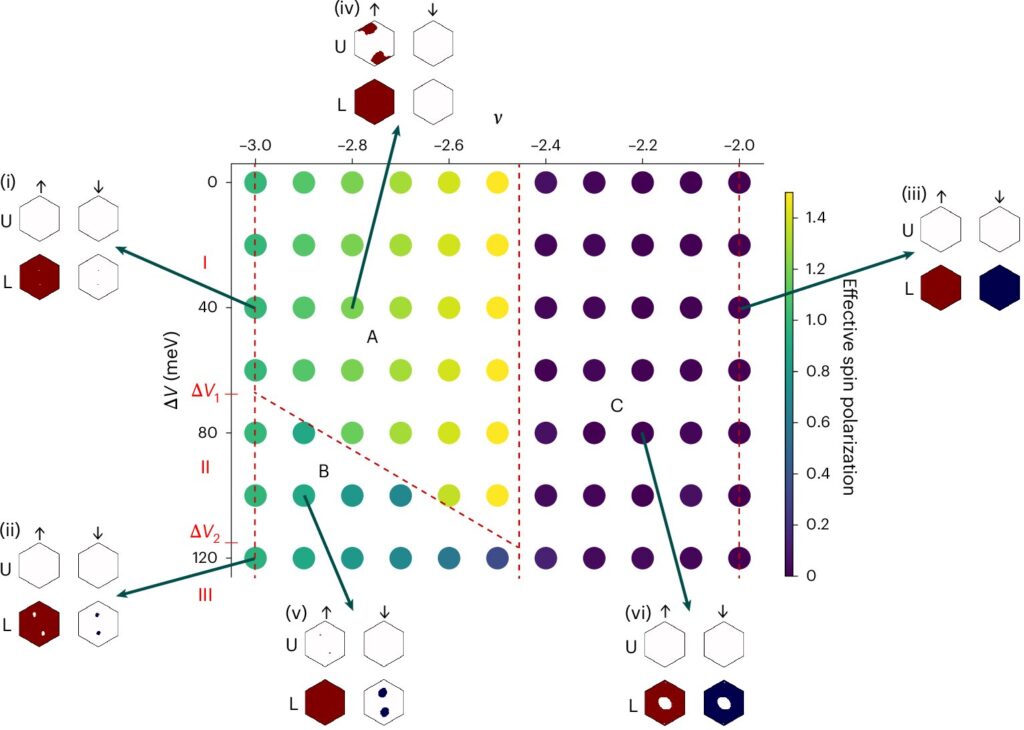
This suggests that the two domes correspond to distinct superconducting states, each emerging from a different underlying order in the electron system. It’s like discovering that superconductivity is not one melody but a duet, with two different tunes played under different conditions.
Why It Matters
The discovery of controllable double-dome superconductivity in MATTG is more than just an academic breakthrough. It represents a new frontier in quantum materials research. By revealing how unconventional superconductivity can be tuned and reshaped, it opens doors to designing materials with specific, customizable properties.
This could have profound technological consequences. Imagine building devices where superconductivity can be switched on or off at will, or where different superconducting states can be harnessed for different tasks. In the world of quantum computing, where superconductors already play a central role, such control could be transformative.
It also advances our fundamental understanding of how electrons behave in strongly correlated systems—where their interactions are so intense that they no longer act like independent particles but as a collective whole. This is one of the deepest mysteries in condensed matter physics, and graphene has become a shining light in this dark frontier.
The Human Side of Discovery
Behind the equations and experimental setups lies a story of human ingenuity and persistence. Building devices like MATTG is an extraordinary technical feat, requiring painstaking precision in stacking atomic layers and maintaining ultra-low temperatures. Each measurement demands patience, creativity, and resilience in the face of failure.
What makes discoveries like this emotionally powerful is the sense of wonder they evoke. Somewhere at the boundary of human control and nature’s secrets, scientists glimpse new possibilities. The double-dome effect is not just a pattern on a graph—it is a reminder that the universe still holds surprises, that even in something as well-studied as carbon, mysteries remain hidden until the right questions are asked.
A Glimpse into the Future
The journey of superconductivity is far from over. For now, most superconductors require extreme cold to function, which limits their everyday use. But each discovery brings us closer to the dream of “room-temperature superconductivity,” a holy grail that would revolutionize power transmission, transportation, and technology.
Graphene and its twisted cousins may play a crucial role in that future. By showing that superconductivity can be sculpted into multiple forms and controlled with electric fields, MATTG hints at an era where we design not just materials but entire phases of matter.
In this sense, superconductivity is more than a scientific phenomenon—it is a window into the universe’s hidden order, a place where nature reveals both its elegance and its complexity. To study it is to stand on the edge of the known, peering into the mysteries of the quantum world.
And perhaps the most beautiful part is this: every time we uncover a new pattern, like the double dome, we are reminded that knowledge is not an endpoint but a journey. Superconductivity, with all its puzzles and promises, is a story still being written—a story of electrons, equations, and the endless human desire to understand.
More information: Zekang Zhou et al, Gate-tunable double-dome superconductivity in twisted trilayer graphene, Nature Physics (2025). DOI: 10.1038/s41567-025-03040-2
